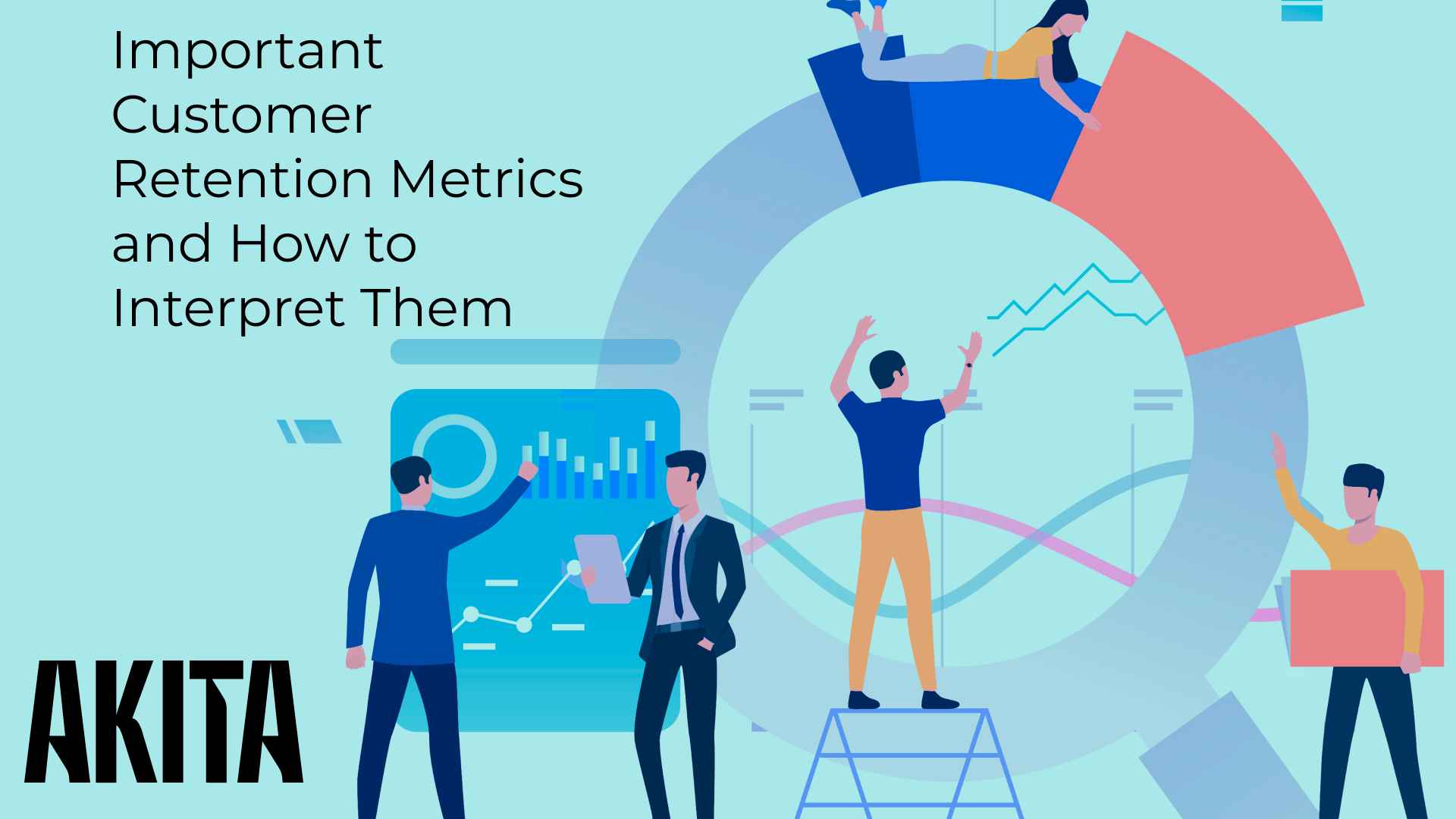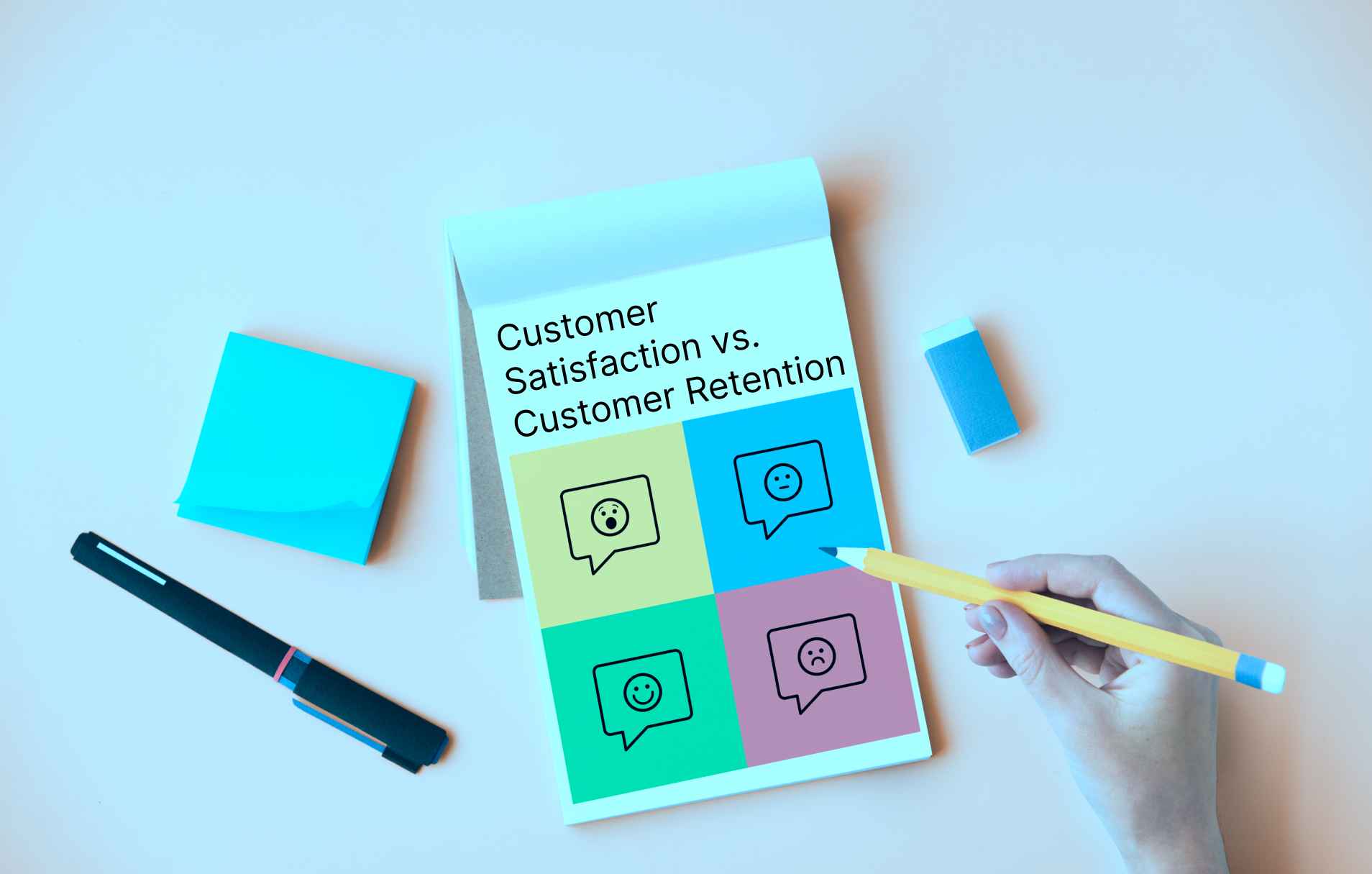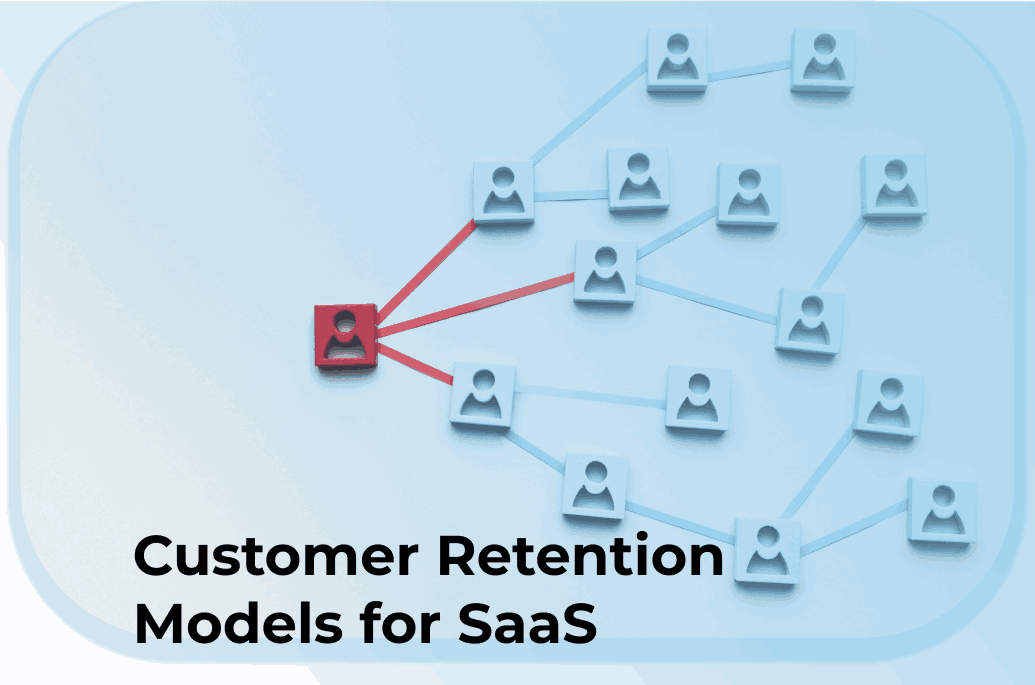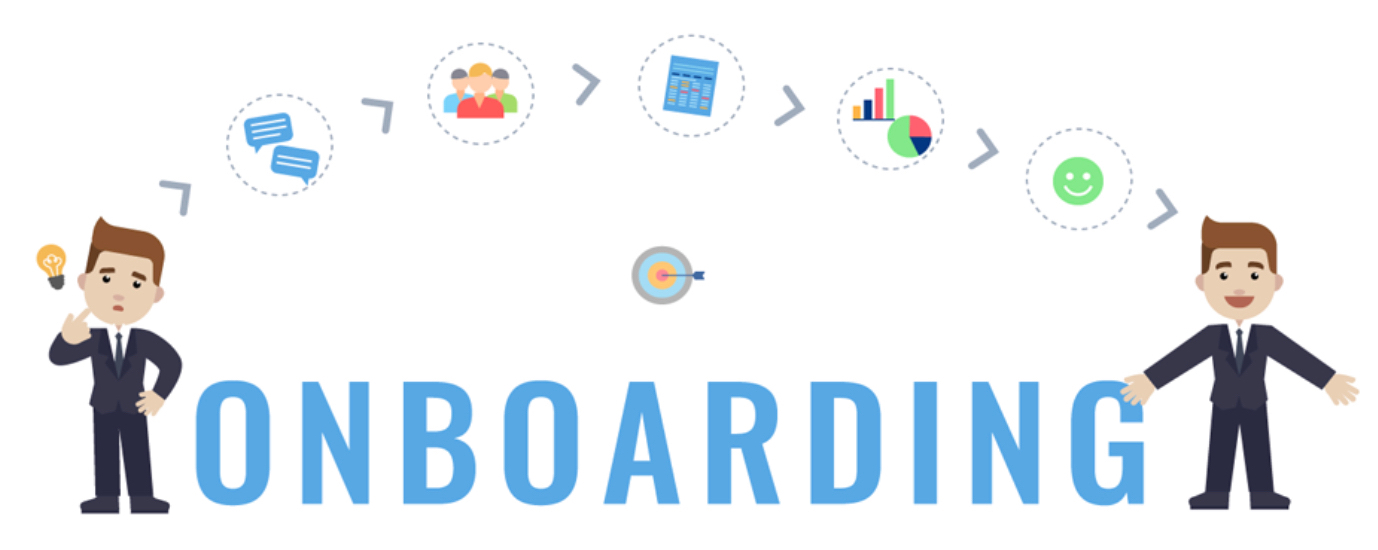The Correlation Between Customer Satisfaction and Retention
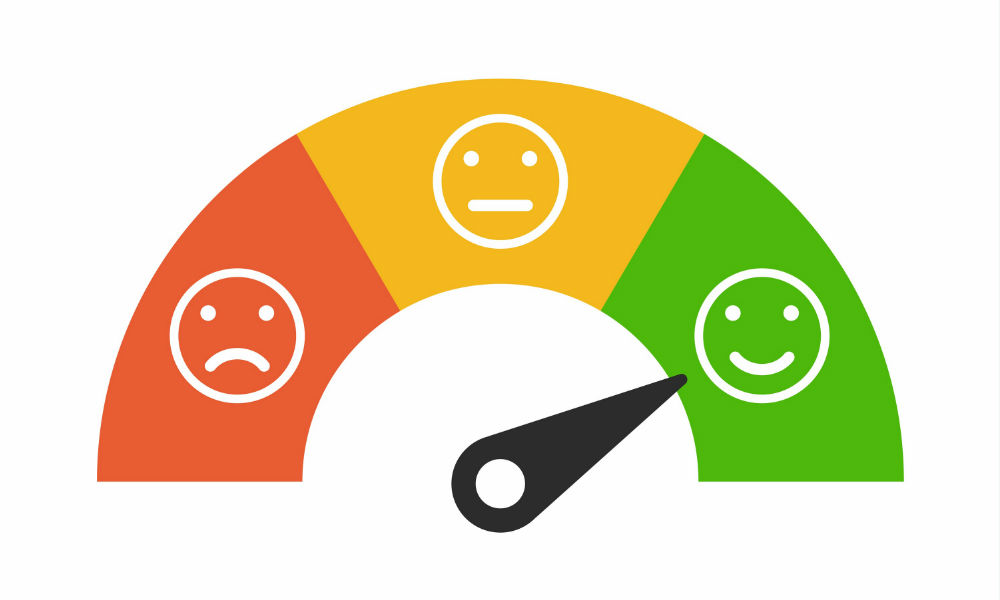
Customer satisfaction and retention are intrinsically linked. If you fail to maintain high levels of customer satisfaction, your retention levels will suffer, reducing revenues and profitability and forcing you to invest even more heavily in attracting new business. Conversely, driving up customer satisfaction makes life significantly easier for any SaaS business, with improved revenues, referrals and profitability!
Below we will look at both Customer Satisfaction and Retention in isolation and how they are linked. We will also review strategies to improve both metrics.
What is Customer Satisfaction?
At a high level, Customer Satisfaction is simply how happy a customer is with your products or services. When we talk about Customer Satisfaction in our industry (SaaS), we’re referring to the results garnered from a suite of Voice-of-Customer measures that place customers somewhere on a sliding scale. These results enable companies to apply specific engagement strategies to specific customers at the right time.
The most commonly used measures are CSAT and NPS (Net Promoter Score).
With CSAT, a customer is asked to rate their satisfaction with specific support interactions, selecting an option from a scale from Very Unsatisfied to Very Satisfied. To calculate the overall CSAT percentage for a company, divide all of the positive responses by the total number of responses and then multiply the result by 100.
NPS is a measure of product or brand loyalty and intent to purchase. Customers are asked to mark their experience on a scale of 1-10, with their answer identifying them as Detractors, Passives or Promoters. A company’s overall NPS score is calculated by subtracting the percentage of detractors from the percentage of promoters. This places them somewhere on a scale between -100 and +100.
To understand the connection between customer satisfaction and customer retention, we also need to also understand what we mean by customer retention.
What is Customer Retention?
Put simply, customer retention measures the capacity for a company to keep its customers over a period of time. In SaaS, the initial purchase might only be a fraction of the revenue needed to ensure you have a profitable relationship. The rule of thumb is that the lifetime value of a customer to your business should be a minimum of 3 times larger than the cost of acquiring that customer. If customer retention is poor for a business, it will be difficult to reach profitability. So, what is the connection between customer satisfaction and retention?
The Correlation Between Customer Satisfaction and Retention
In the SaaS industry, the retention of customers and customer satisfaction are intrinsically linked. Here are some evidence-based reasons as to why positive customer satisfaction can lead to higher rates of retention:
- Churn Rate and CSAT: In a 2020 report by SaaS Analytics Inc, data from 50 companies demonstrated that companies with CSAT scores consistently over 80% also had consistent churn rates below 7%. Conversely, companies with consistently lower CSAT scores (below 70%), averaged 20+% churn.
- Customer Lifetime Value (CLV) Increase: This research has caveats because of its age and the fact that it was conducted before the rise of SaaS, but … Bain & Company conducted some research in the early 1990’s that indicates, in certain circumstances, that a 5% increase in retention can lead to a growth in profits ranging from 25% to 95%.
- The Impact of Referrals: This is referred to as Earned Growth and is the total (revenue) impact of all of your Customer Success and Customer Experience Efforts. A 2021 report from Nielson indicated that 92% of consumers trust personal recommendations over advertising when making purchasing decisions. So, increasing satisfaction doesn’t just improve retention, it improves growth levels too.
- Reduced Support Costs: Zendesk surveyed over 100 SaaS businesses and found that companies with high CSAT scores had a 12% lower support ticket volume on average. This has a direct impact on the cost-to-serve/retention costs for a SaaS business.
- Renewal Rates and NPS Scores: In 2022, SaaS Metrics Insights surveyed 30 SaaS companies and found that those with NPS scores over 60 had consistent correlated renewal rates of over 85%. Conversely, those with NPS rates below 40 rarely achieved renewal rates as high as 70%.
Customer Retention and Satisfaction
Given the strong correlation between customer satisfaction and retention, SaaS companies should look to implement strategies to improve both. Here are 10 practical examples:
1. Enhance User Experience: The constant drive to make your software more intuitive and user-friendly is key. A satisfied customer is one that achieves their goals with ease, so excellent user experience is one of the foundational elements of both creating satisfied customers and retaining those customers.
3. Educational Resources: Providing self-serve educational assets like recorded tutorials, webinars and knowledge base documentation will allow users to resolve any issues at their own pace and in their own time, circumventing frustrations with asynchronous or delayed support.
4. Personalization: Using the wealth of customer data available to deliver resources, solutions and engagement to the customer based on their profile and behavior. There are plenty of tools available to SaaS companies (like Akita and other Customer Success platforms) to parse this data and deliver insights and action that will help drive up Customer Satisfaction.
5. Feedback Mechanisms: Provide plenty of ways for your customer base to deliver actionable feedback. This ensures the customer feels heard and part of the process and provides valuable guidance for your product, CS, Sales and Support teams to iterate in a way that drives up satisfaction and retention.
6. Customer Success Teams: (We are obviously biased here 😀) SaaS companies should strongly consider building a Customer Success team specifically designed to help users achieve their desired outcomes with your platform. This could be the key to significantly driving up customer satisfaction and retention.
7. Regular Updates and New Features: Always adding value to your software always helps! In particular, keeping users informed of changes or improvements to your software and delivering guidance on how to use these new features and how they will augment the user experience.
8. Transparent Pricing and Billing: Customer retention and customer satisfaction can be severely impacted in the event of unexpected payments or other billing hiccups (money disappearing from your account out of the blue is universally painful!). Implementing clear and transparent pricing will prevent these issues from happening and have a direct impact on churn and retention.
9. Customer Engagement Programs: Events, communities, rewards and incentives; These types of engagement strategies and programs will drive loyalty and improve retention and levels of satisfaction among your customer base.
10. Data Security and Privacy: Making sure your customers are comfortable with, and fully informed of, the data and security measures you have in place will go a long way towards maintaining satisfaction levels of some of the key influencers in your customers team.
How Akita Helps Track Customer Success and Forecast Retention
Akita’s Customer Success platform allows users to centralize all of their customer data and create powerful segments to identify key changes in customer profile and behavior. You can also use the platform to group customers by specific attributes in order to apply strategic interventions.
Below shows a list of customers with rising engagement levels, a positive NPS and high CSAT levels. Perhaps this group is primed for upsell conversations?
Akita segment identifying super-healthy customers
Conclusion
The impact of customer satisfaction strategies on retention levels are unquestionable. Companies that achieve consistently high CSAT and NPS scoring are also scoring high when it comes to retention, loyalty, customer engagement and are driving greater referral business. Achieving those higher rates require SaaS companies to focus primarily on improving user experience through personalisation, training and actively listening to customer feedback.
Although everyone at your company should have a hand in driving customer satisfaction, it’s importance means you should consider driving your efforts through a dedicated Customer Success program and curating an appropriate set of tools or specific Customer Success platform to support those efforts.
Frequently Asked Questions
Do Customer Success Platforms measure NPS?
Some Customer Success Platforms have NPS functionality built-in natively but all should facilitate the passing in of NPS results from 3rd party applications. CSPs should also enable the sending of requests to customers to complete NPS surveys based on their health or changes in their behavior or profile.
Which is more important, NPS or CSAT?
They’re not really comparable.
CSAT reflects a customer’s sentiment regarding a specific action or engagement with your company, its website, support services etc. So it gives a snapshot of a signal event in time.
NPS surveys provide a more holistic view on a customer’s feelings towards a company’s product or brand.
What other measures of customer sentiment are there, outside of CSAT and NPS?
There are many other ways to capture customer sentiment, including:
Customer Effort Score (CES), measure how easy or hard it is to use your software.
Sentiment Analysis, where the tone of a customer’s engagement (in emails etc.) is analyzed to determine their emotional state.
Customer feedback surveys, used to generate more general, open ended responses from customers.
Online reviews and ratings, this type of ‘off platform’ feedback is potentially the most honest and is the most influential to prospective buyers.
